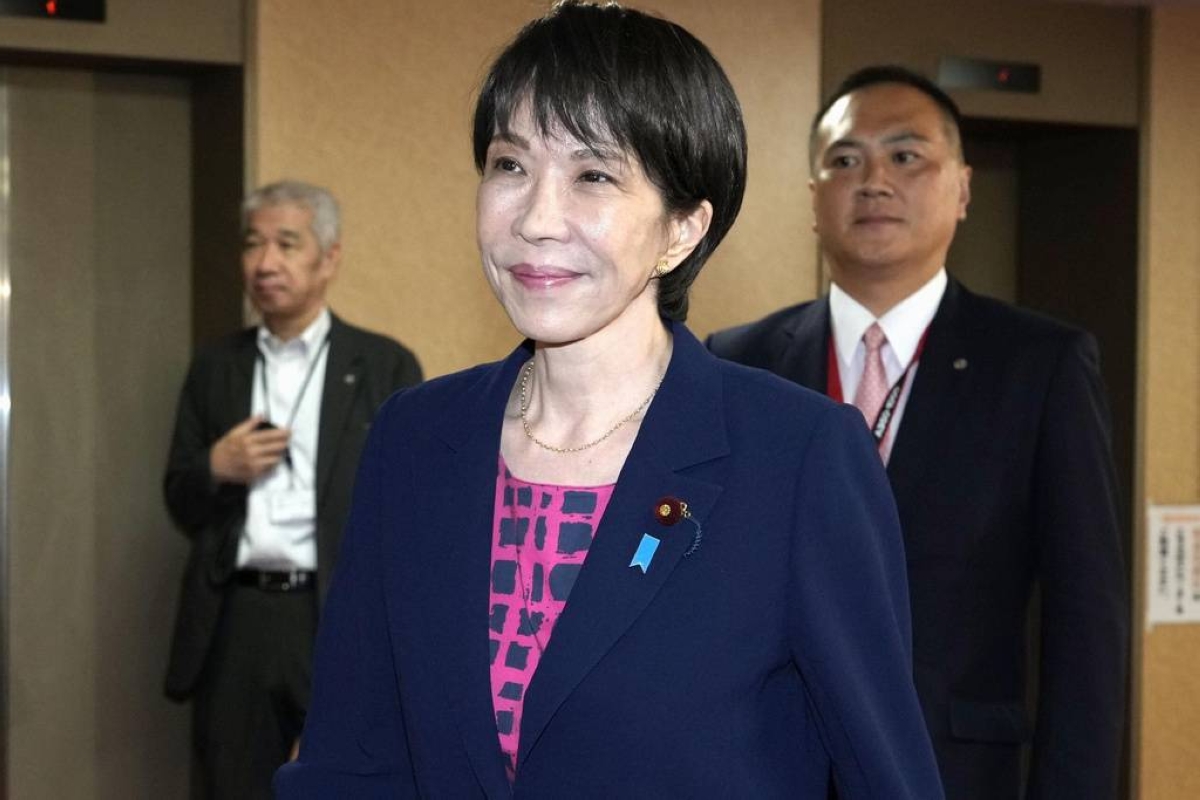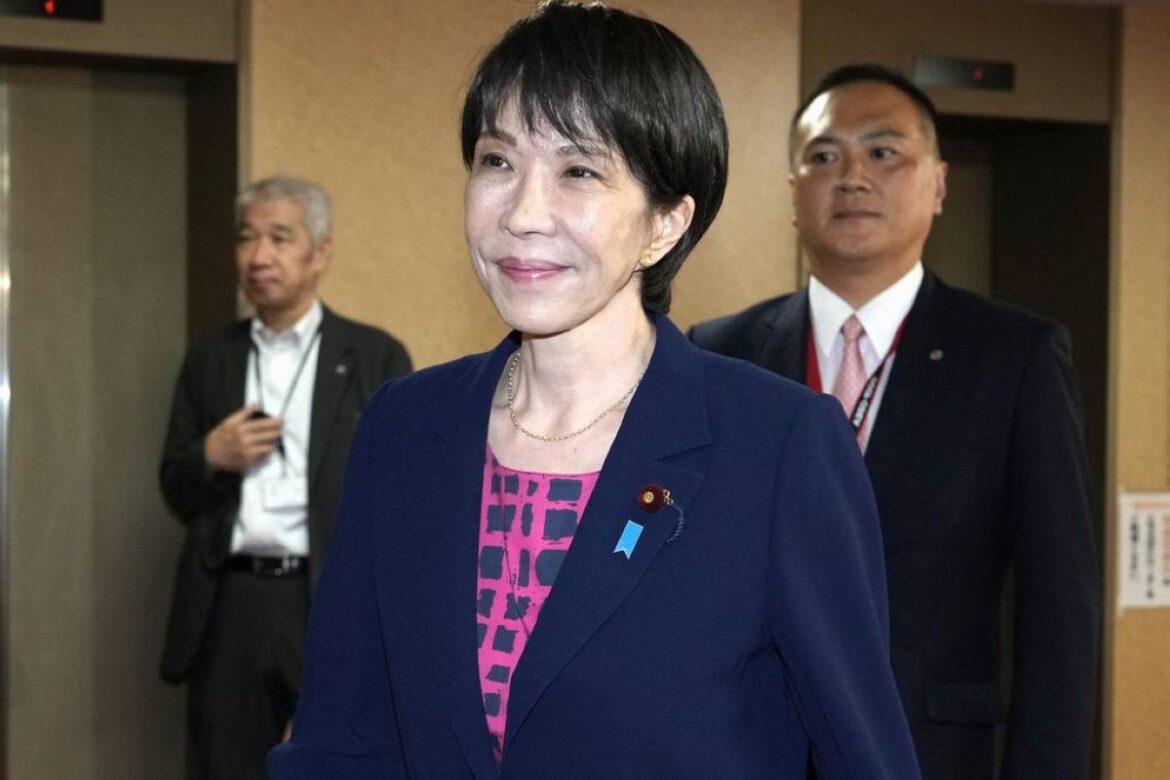TOKYO — Sanae Takaichi, the new head of Japan’s ruling party, sent an offering but avoided visiting a controversial war shrine on Friday, as political wrangling intensified over her bid to become the country’s prime minister.
Takaichi became the leader of the Liberal Democratic Party (LDP) on Oct. 4, but her aim to become Japan’s first female premier was derailed by the collapse of the ruling coalition last week.
The LDP is now in talks about forming a different alliance, boosting Takaichi’s chances of becoming prime minister in a parliamentary vote that media reports say is likely to happen next Tuesday.

HURDLES AHEAD Sanae Takaichi, the new leader of Japan’s ruling Liberal Democratic Party, leaves the party’s headquarters in the capital Tokyo on Oct. 10, 2025. KYODO NEWS FILE PHOTO VIA AP
Past visits by top leaders to the Yasukuni shrine in the capital Tokyo, which honors even convicted war criminals, have angered China and South Korea, and no Japanese premier has visited since 2013.
Get the latest news
delivered to your inbox
Sign up for The Manila Times newsletters
By signing up with an email address, I acknowledge that I have read and agree to the Terms of Service and Privacy Policy.
Takaichi, seen as an arch-conservative and China hawk from the right of the LDP, has visited in the past, including as a government minister.
But on Friday, on the opening day of a fall festival, the 64-year-old sent an offering but did not make an appearance.
Reports said she would stay away in order not to upset Japan’s neighbors.
Trump visit
The clock is ticking for Takaichi to become Japan’s fifth prime minister in as many years, with United States President Donald Trump due to visit Japan at the end of October.
Details of the trade deal between Washington and Tokyo remain unresolved, but Trump wants Japan to stop its Russian energy imports and boost defense spending.
The LDP’s coalition partner of 26 years, the Komeito party, pulled the plug on their alliance on Oct. 10, saying the LDP has failed to tighten rules on party funding following a damaging slush fund scandal involving dodgy payments of millions of dollars.
The LDP this week began talks on forming a new coalition with the Japan Innovation Party (JIP) instead.
The two parties would be two seats short of a majority, but the alliance would still likely ensure that Takaichi succeeds in becoming premier.
This is because, while she needs support from a majority of lawmakers to become premier, in a second-round two-way runoff, she only needs more than the other person.
A spanner in the works could be if opposition parties agreed on a rival candidate, but talks on this this week appeared to make little headway.
JIP co-head Fumitake Fujita said on Thursday the LDP and his party’s policies were “very close in many areas” but said major differences remained ahead of more talks on Friday.
“If the LDP and the JIP agree to form a coalition, Takaichi will become the new prime minister,” Mikitaka Masuyama, a professor at the National Graduate Institute for Policy Studies, told Agence France-Presse (AFP).
But he cautioned that, like in recent elections, support for the LDP may continue to slide.
“It can be either way. The LDP under Takaichi may not be popular with a range of voters on the right and left that former LDP leaders Junichiro Koizumi and Shinzo Abe had enjoyed,” Masuyama said.


AloJapan.com